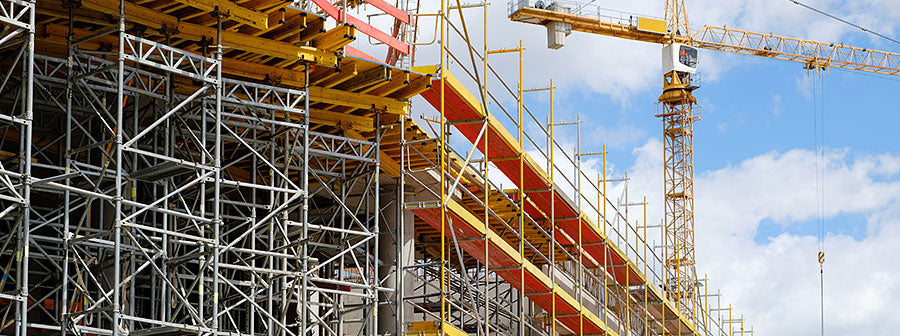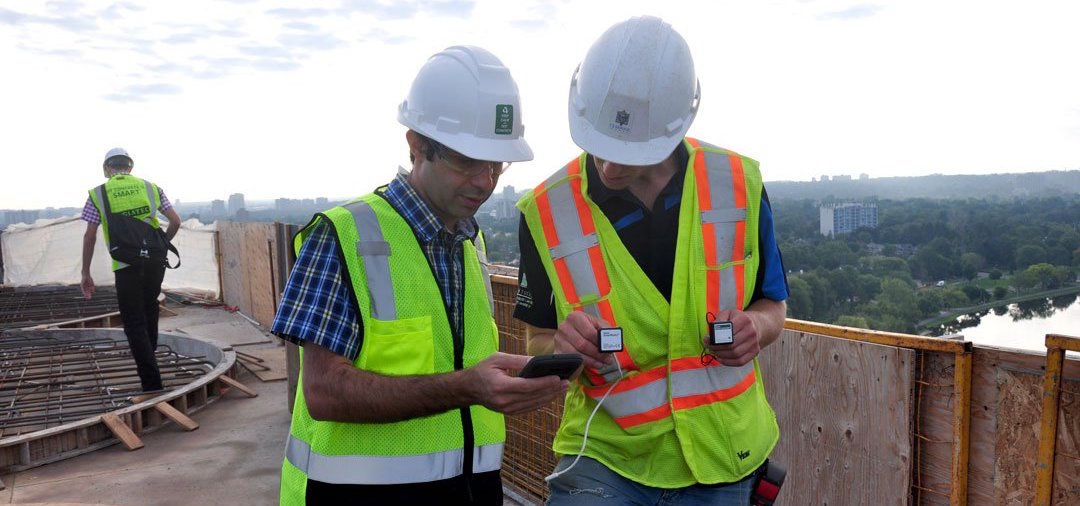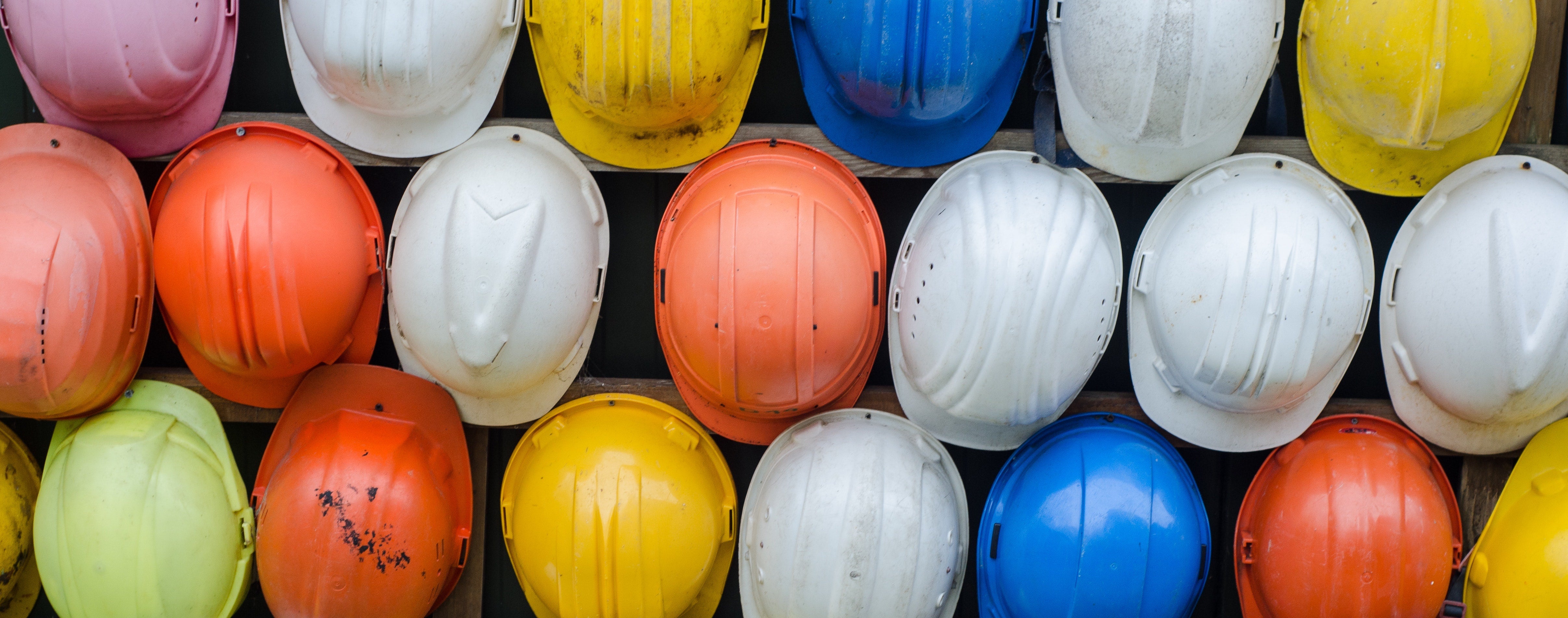WRYKER Blog Posts

WRYKER Recommends: Work Gloves - A Practical Guide
Work gloves are a critical part of jobsite safety, protecting workers from cuts, punctures, abrasions, and chemical exposure. However, not all gloves offer the same level of protection, and choosing the right pair means understanding how they are tested and rated. Whether you’re in roofing, construction, or another trade, knowing how to interpret glove safety ratings will help you make the best decision for your team.

Introduction To Essential OSHA

Toolbox Talk No. 11 - Scaffolding

Toolbox Talk No. 10 - Roof Trash Removal

Toolbox Talk No. 8 - Safety Monitor Systems

